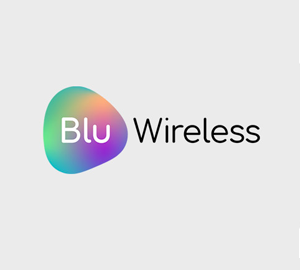Last week’s 4th annual Telecom Infra Project (TIP) Summit in Amsterdam saw the best and brightest in the internet and connectivity space come together to share their latest innovations and discuss how to implement the technologies of tomorrow.
The event was not only a great opportunity for Blu Wireless to demonstrate the strength and demand of our 5G mmWave modules, but also to collaborate and connect with other experts in the industry. Solutions for Connectivity Challenges was the theme of the event, offering valuable explorations and insights into how innovative technologies are already reshaping the future of telecoms.
From exciting product demos to in-depth discussions on the health of the mobile ecosystem, here are our highlights from the event:
- 5G Backhauling is being taken to the next level
As rapid data growth continues to push the boundaries of backhaul capacities, it is increasingly important to find a way to sustain this expansion. It was demonstrated over the course of the event that the optimal backhaul approach uses a variety of connections in a hierarchical system. By combining point-to-point, point-to-multipoint, and mapping backhauling onto mmWave mesh architectures, we unlock the capability to increase coverage, increase capacity, and improve deployment for Fixed Wireless Access (FWA) dramatically.
Backhaul solutions for 5G connectivity are increasingly important and this sector is emerging as a distinct segment for innovation. Specifically, small-cell backhaul and macro-cell backhaul have very different requirement which is spurring development of products designed to meet their unique challenges.
- There is a huge demand for high-speed train technology
Demand for high-performance connectivity on high-speed transport (HST) is long established, but historically, meeting that demand has been complex. It was made clear at the TIP Summit, however, that Blu Wireless is leading the way in 5G connectivity for HST and that our track-to-train and V2X products are extremely advanced in the market. This year, our rail testbeds have proven extremely successful, paving the way for much-needed commercial deployment in early 2020.
- Disruption for connectivity is imminent
Terragraph is rapidly making waves in the market. Collaborating with TIP and TIP members, Facebook are working towards “solving the urban bandwidth challenge” using their gigabit wireless technology. Dan Rabinovitsj, Vice President of Facebook Connectivity, noted that they are dependent on the mobile industry, and, as a result, are invested in these partnerships to maintain a global mobile ecosystem.
Recent trials in Hungary have garnered positive results, with roughly 150 customers across 66 deployment sites. This is just one of many examples from various businesses showing that low-cost, efficient, and fast wireless connectivity truly can offer a tangible alternative for fibre broadband.
This disruption is spreading further afield than one might imagine. mmWave connectivity is now being implemented in non-terrestrial networks, making the revolutionary abilities of this frequency spectrum clear. Now that satellites are making use of this technology, it is only a matter of time before we see the widespread adoption of mmWave for FWA and HST across the globe.
- We need an ecosystem of collaboration to make this possible
Solutions like these require industry sectors and leaders to build an ecosystem of collaboration. Without the partnership of chipset vendors, service providers and manufacturers, the next generation of connectivity won’t be possible.
As ever, Blu Wireless are committed to strengthening existing partnerships and developing new ones to ensure the connectivity space’s upward trajectory continues; a sentiment shared by TIP, which announced 12 Community Lab facilities worldwide in order to aid the development of new products. The future is bright.









